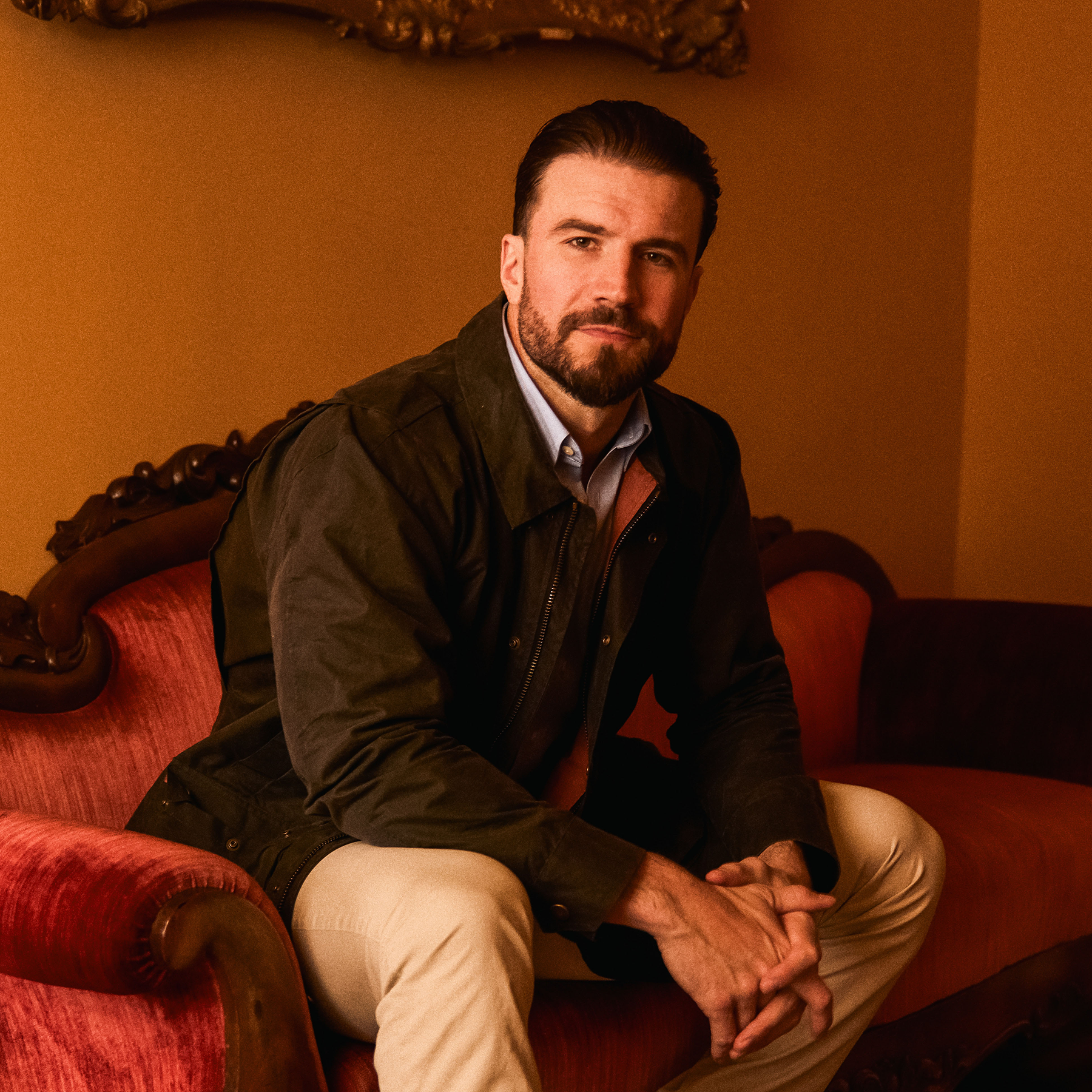(New York, NY May 7, 2014) – Shania Twain today announced a new role in her extraordinary career, as a big cat conservationist with the world’s leading cat conservation organization, Panthera. Twain, international superstar, and the world’s best-selling female country artist of all time is the Global Ambassador for Panthera’s newly launched leopard conservation initiative, Project Pardus.
The leopard has the widest range of all the big cats, as well as one of the most instantly recognizable and evocative appearances in the animal kingdom. It is the most global of the big cats, with a range from southern Africa to far eastern Russia. Not surprisingly, the magnificent fur of the leopard – “pardus” in Latin – is one of the most widely emulated images in the global fashion industry. Ironically, however, less widely known is the tragic fact that the leopard is now the world’s most persecuted big cat. Project Pardus is the first program to be established by any conservation organization to highlight the leopard’s perilous state and to stop the widespread killing of leopards by people across its range. Twain intends to use her global platform to make the connection between the cat’s renowned beauty and its plight in the wild.
“The image and spirit of the leopard is an inspiration to millions around the world, including myself,” said Shania. “That it is also the most oppressed of the big cats is almost unknown. If we’re to save this animal in the wild, we have to get ahead of the curve before it suffers the same fate as so many other species that we once felt to be secure in their numbers. I feel privileged to give back to a creature that depends for its future on what we do now to save it…and I urge the wider world to join Panthera and me in this mission.”
A long-time and passionate animal lover, Twain’s support comes at a critical time. Leopards are threatened by the relentless destruction of habitat, and are being killed in the thousands by livestock herders, unsustainable trophy-hunting and poaching for their skins and body parts. Panthera’s work already encompasses the African leopard as well as the endangered Persian or Caucasian leopard of Central Asia and the highly persecuted Indian leopard. With Project Pardus, the organization will launch new conservation initiatives that target other highly endangered sub-species including the Arabian leopard and the Sri Lankan leopard.
“The leopard is an amazingly versatile cat, able to live in habitats ranging from tropical rainforests to the Kalahari Desert,” said Dr. Luke Hunter, Panthera’s President and one of the world’s authorities on leopards. “However, that adaptability has meant the species has been largely ignored by conservationists. We are delighted and honored that Shania will help put the leopard onto the conservation radar. With her help, the leopard will receive the urgent attention it needs.”
Shania Twain is one of the most successful artists of all time. Her 1995 album The Woman in Mebrought her fame, and her 1997 album Come On Over became the best-selling album of all time by a female musician and the best-selling country album of all time. With more than 75 million albums sold worldwide, she is the top-selling female country artist of all time; has multi-platinum album sales in 32 countries; has the eighth-biggest selling album of all time in the U.S. and 18 top ten songs, eight of which reached #1. Her iconic leopard-print outfit and beautiful images of leopards appear in her current show Shania: Still the One at the Colosseum at Caesar’s Palace in Las Vegas. She first learned of Panthera’s leopard program through a fortuitous meeting with Dr. Thomas Kaplan, Panthera’s Founder and Chairman, with whom he found an immediate connection in leopard conservation:
“Shania got the nature of the challenge, and embraced the mantle, immediately. She has now become a role model…yet again. Shania’s passion for nature is an integral part of who she is, and her empathy for wildlife is inspirational. What Shania has done to translate her charismatic identification with the leopard, and to join with Panthera to raise the red flags regarding the leopard’s future, is a huge breakthrough for our cause. Moreover, by “giving back” to an animal that has a “global brand but not a copyright”, she is leading the way in showing that all who benefit from and indeed enjoy the iconic image of the big cats should welcome the opportunity to save them.”
Dr. Kaplan continued, “Shania’s timing in giving her voice to the voiceless is pitch perfect. Because of their adaptability and intelligence, the future of the leopard is often taken for granted…but the complacency about the leopard must end now before it encounters the fate of its cousins. A century ago it was impossible to imagine that the tiger would face extinction in the wild and that sub-species like the Caspian, Bali and Javan tigers would blink out entirely. Just last month, Panthera revealed that the once flourishing lion population is nearly gone from West Africa. The last Asiatic cheetahs, also once a thriving population, now number in the dozens. Even with leopards today, the Amur leopard is nearly gone, the Arabian leopard resides in the smaller and smaller range, and the Persian leopard is measured in the hundreds. If we don’t raise the alarm now, our children will look back upon man’s treatment of these glorious creatures more in shock than in awe.”
Panthera’s work on leopards includes the highly innovative Furs for Life Leopard Project, which provides high quality faux leopard fur capes to members of the Shembe Baptist Church in southern Africa. The Shembe have worn real leopard fur as religious regalia since the early 1900s, but have enthusiastically adopted Panthera’s capes as a sustainable alternative. Project Pardus will also launch the first GPS radio-telemetry research on rainforest leopards in Gabon. The leopard is the top carnivore of the African rainforest, and the groundbreaking new work will use the leopard as a ‘landscape detective’, to reveal the movement corridors between important populations across northeast Gabon. The work comes at a time that large-scale industrial logging and mining in the region threatens to leave leopards and other large mammals including forest elephants stranded in isolated, protected parks.
Elsewhere in the leopard’s range, Project Pardus will focus on the heavy toll taken by people killing leopards as a perceived danger to life and livestock, as well as the pernicious trade in leopard furs and body parts. Despite the outlawing of trade in spotted cat fur decades ago, the species is still heavily trafficked especially in the Middle East and Asia, key geographies for the new initiative. In India – ground-zero for leopard-human conflict – Project Pardus is devising methods to foster co-existence of leopards with rural communities. Leopards have an astonishing ability to live close to villages, but fear and ignorance of the big cats frequently leads to pre-emptive killing. Pardus will train and equip local community members – Leopard Guardians – to monitor leopards and help their villages avoid conflict with leopards in the first place. Under Project Pardus, the methods pioneered by the Leopard Guardians will be transferred throughout the species’ range, wherever conflict and persecution is killing off the big cat.
# # #
Click here for more information about Project Pardus.







